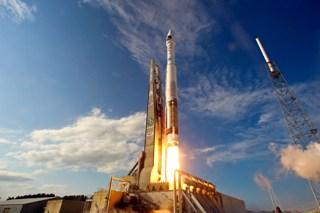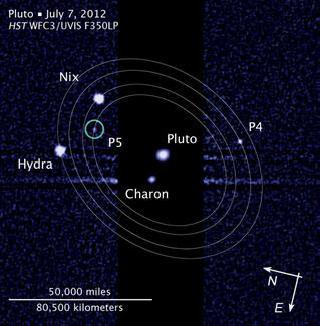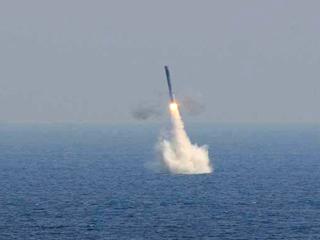
The second SBIRS (GEO-2) satellite was built at Lockheed Martin's Sunnyvale, California, facility. Photo: Lockheed Martin.
CAPE CANAVERAL AFB, FLORIDA (BNS): The US Air Force's second Space Based Infrared System (SBIRS) Geosynchronous Earth Orbit (GEO-2) spacecraft was successfully launched on Tuesday from Cape Canaveral Air Force Station, aboard a United Launch Alliance Atlas V rocket.
SBIRS is a consolidated system intended to meet United States infrared space surveillance needs for decades to come.
The SBIRS programme addresses critical warfighter needs in the areas of missile warning, missile defense, technical intelligence and battlespace characterization.
The SBIRS architecture includes a resilient mix of satellites in geosynchronous orbit, hosted payloads in highly elliptical earth (HEO) orbit, and ground hardware and software. The first two GEO satellites and HEO payloads have now launched.
SBIRS GEO-2 spacecraft built by Lockheed Martin includes highly sophisticated scanning and staring sensors that will deliver improved infrared sensitivity and a reduction in area revisit times over the current constellation.
The scanning sensor will provide a wide area surveillance of missile launches and natural phenomena across the earth, while the staring sensor will be used to observe smaller areas of interest with superior sensitivity.
The SBIRS team is led by the Infrared Space Systems Directorate at the US Air Force Space and Missile Systems Centre. Lockheed Martin is the SBIRS prime contractor, Northrop Grumman is the payload integrator. Air Force Space Command operates the SBIRS system.
 Previous Article
Previous Article Next Article
Next Article













The Indian Air Force, in its flight trials evaluation report submitted before the Defence Ministry l..
view articleAn insight into the Medium Multi-Role Combat Aircraft competition...
view articleSky enthusiasts can now spot the International Space Station (ISS) commanded by Indian-American astr..
view article